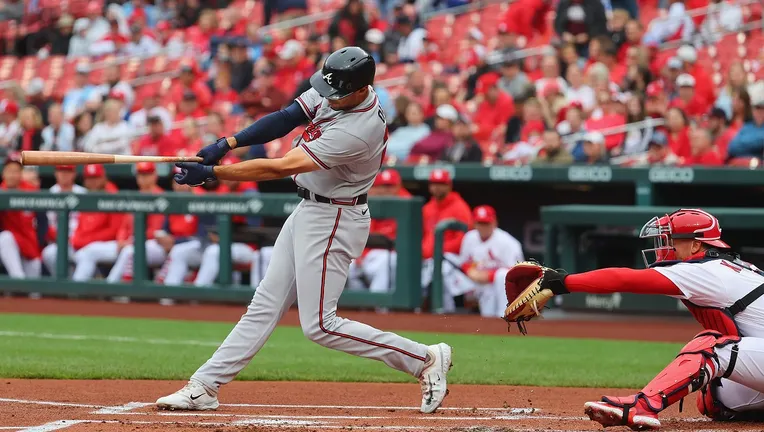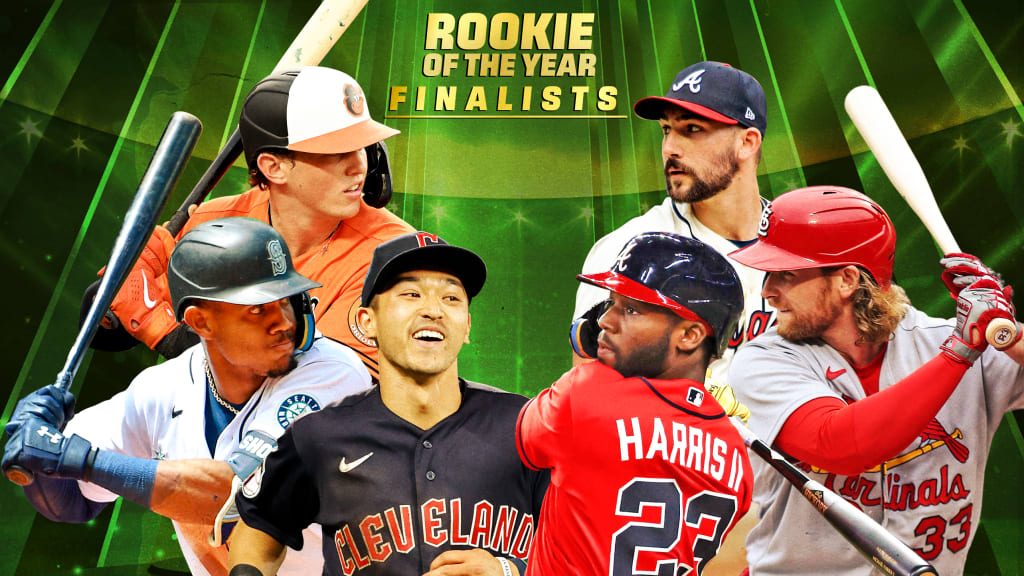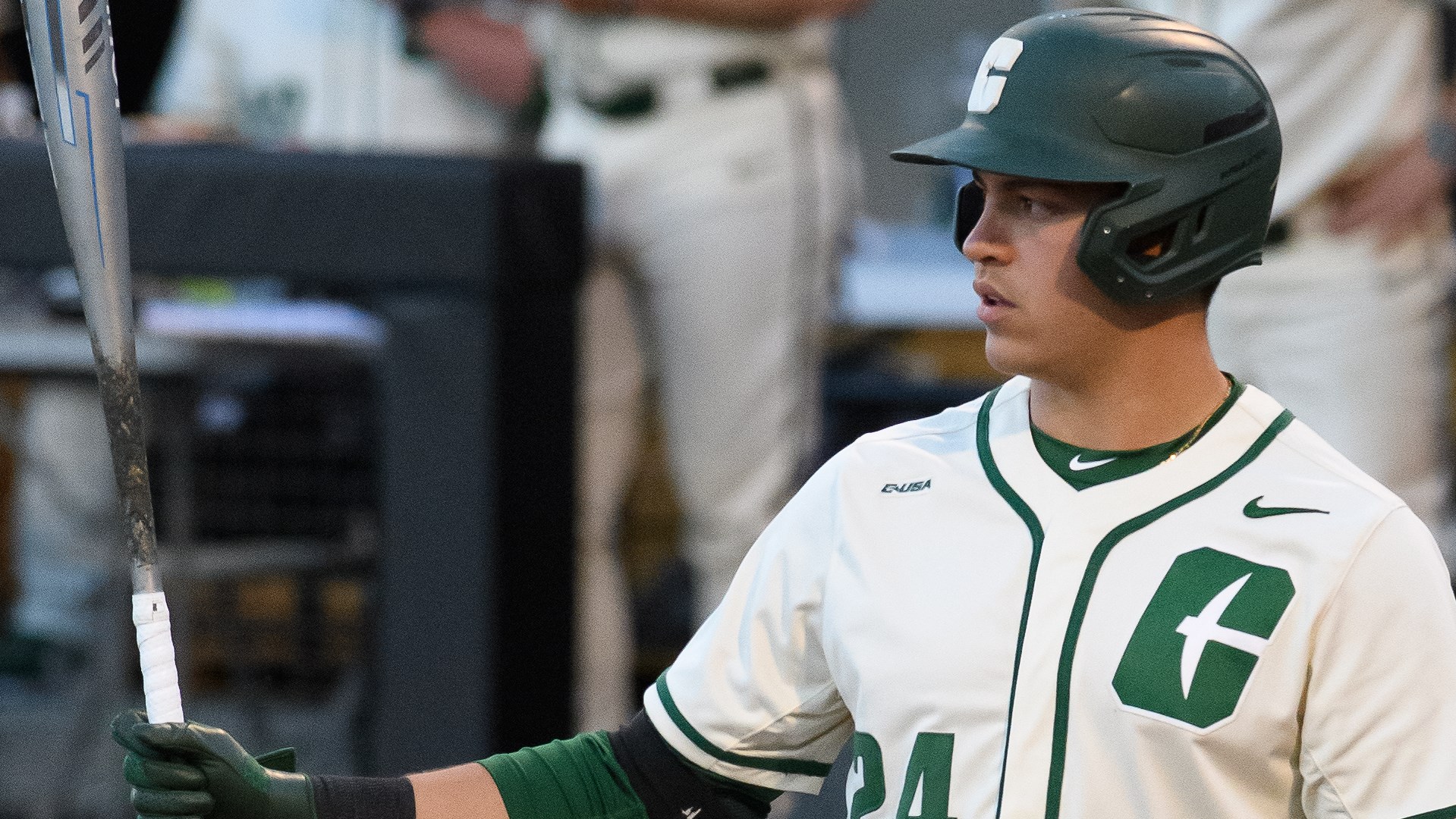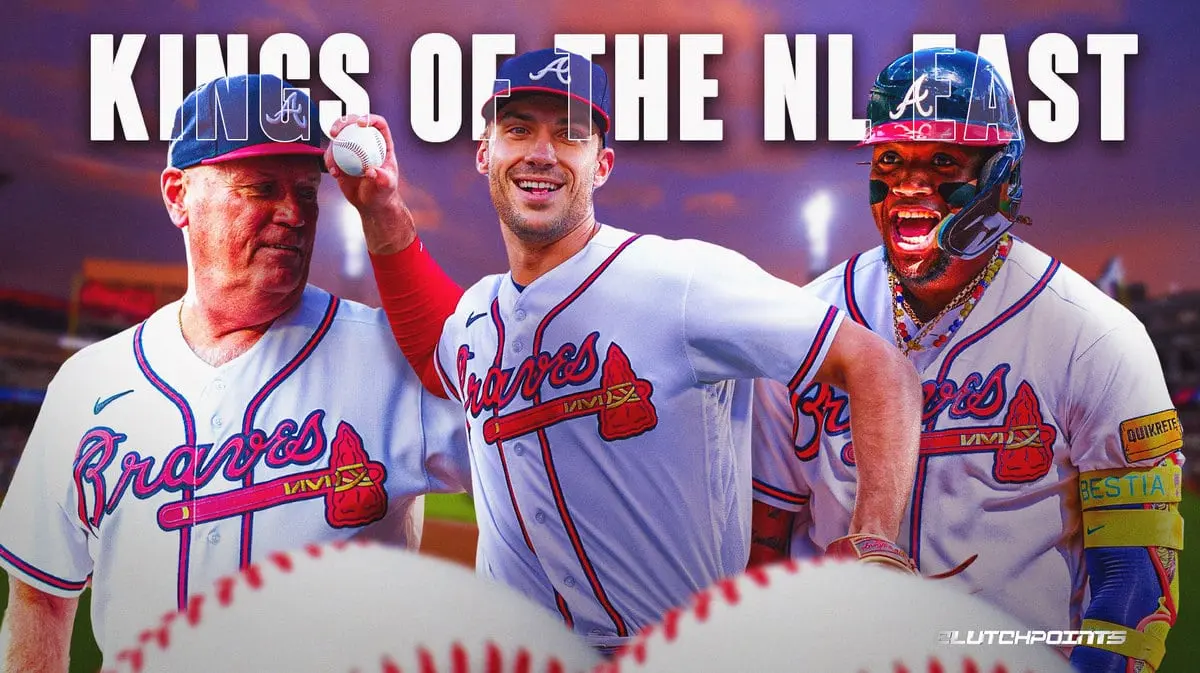Every MLB team’s revised ZiPS projections are available on Fangraphs, and our own Jake Mastroianni talked extensively about the incredibly optimistic outlook for the 2024 Atlanta Braves.
However, Austin Riley is a player that seems to get overlooked when talking about Atlanta’s recent success and expectations for the future.
Of course, this Braves club talks about him, but mostly about Ronald Acuña Jr., the current National League MVP, Matt Olson, who led the MLB in home runs last season, and the dangerous combination of Max Fried and Spencer Strider at the top of the rotation. Riley is a solid All-Star candidate and the anchor of the starting lineup; he’s just…there.
Riley hit.281/.345/.516 with 37 home runs and 97 RBIs in the previous season.
However, there’s a good chance he can accomplish even more.
Riley’s ZiPS estimate for 2024 is 34 home runs, 103 RBIs, and a slash line of.282/.351/.519, which would put him with the team’s third-best OPS+ of 132.
(In contrast, Olson’s OPS+ is at 134 and Acuña’s is at 164.)
Riley’s output could be elevated to the level of an MVP candidate if a few little adjustments were made for him.
Get back to crushing fastballs
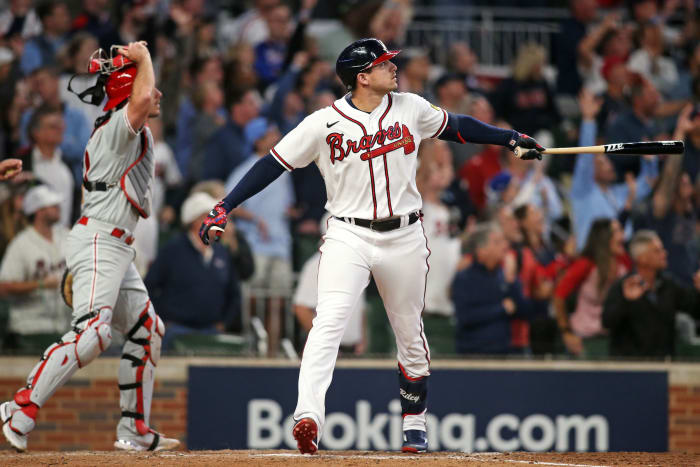
Although Austin Riley was not as skilled at hitting fastballs in 2023, he still raked against them in the previous three seasons.
He had a cumulative run value of +19 versus fastballs in 2021 and 2022, with a ridiculous.314 batting average and.572 slugging percentage in 2021. With a.264 average and.500 slugging percentage in 2022, Riley performed in the middle of the pack; however, in 2023, he actually underperformed against fastballs.
With a.251 batting average and a.492 slugging percentage versus fastballs, the 2023 surface numbers seem respectable, but both the anticipated and peripheral numbers indicate some luck was involved.
Riley struck out 29.6% of four seam fastballs, which was the highest since his 2019 rookie season, in which he batted just.226 overall and struck out 33.7% of heaters.
After deducting batted ball luck, the projected figures reveal that his actual performance against four seamers was an average of.232. Riley struggled with fastballs on the inner third of the plate, particularly on the corners, as evidenced by heat maps, which show swing percentages below 35% and notable swings and misses up and down the inner third.
Continue working with Chipper on sliders.

Although he has made significant progress in defence, it is probably not enough.

For Austin Riley, defensive numbers have never been kind.
Riley has been rated as a negative defender by OAA, my go-to defensive statistic, in each of his career seasons up until 2023, when he was neutral. Zero Outs Higher Than Typical.
Better!
Riley’s defensive problems are mostly related to arm strength and range, at least according to the analytics. His range, according to Statcast, is only average at the 46th percentile, despite his strong third base speed (28.1 ft/sec, 69th percentile in all of baseball and 16th out of 66 qualified third basemen in 2023) and range.
Over the previous four seasons, his arm, which was never regarded as a strong suit but was never an asset, has actually decreased in both max and average velocity. Riley’s fastest throw in 2023 was 86.9 mph, but his average was only 83.4, ranking him 28th out of 49 eligible defenders in third place.
Statcast uses the average of your top 5% of throws instead of calculating a true average in order to account for routine plays where players aren’t putting in the necessary effort to send the ball over as soon as feasible.
All of this is to suggest that while Riley’s defence at the hot corner is unlikely to earn him more MVP consideration, it shouldn’t be used against him as long as he keeps making both ordinary and occasionally remarkable plays.
What reasonable offensive performance improvement would put Riley in the running for MVP?
Regarding that, he’s technically already in the MVP conversation, having placed seventh, sixth, and seventh in the previous three voting seasons.
However, we are attempting to win him over, correct?
Several things must take place:
The first is a decrease in his strikeout rate, which would raise his batting average accordingly. Riley’s batting average has been between 23.8% and 25.4% for the past four seasons. He doesn’t need to drop as low as Acuña’s 12.2%, but if he can fall below 20% (maybe by chasing fewer sliders down and away), that will boost his average and push him over 300 for the season.
The second is slightly increasing the homer rate (sure, those two things don’t usually occur simultaneously, but we’re assuming everything goes well in this case). Riley’s career average is 5.2%, and in 2023, he finished precisely there. It may take him past 40 home runs if he can see that naturally increase, perhaps from throwing more fastballs. 2010 Joey Votto (37) and 2022 Paul Goldschmidt (37), the only two corner infielders to win the MVP with fewer than 40 home runs, both had on-base percentages over.400 and more than 110 RBIs.
And the third is just a little bit of luck. That’s how awards in baseball operate. Luck is erratic; many Cy Young winners have FIPs that are higher than ERAs in the year they win, and many batters have BABIPs that are abnormally high or some other gaudy league-leading metric that draws notice.
But those are the unprocessed tools. Riley is currently among the greatest hitters in baseball, and he can easily break into the conversation with a few minor adjustments to his game and some good fortune.
Watch and see if he can make it work.
